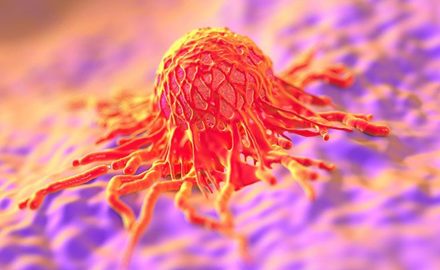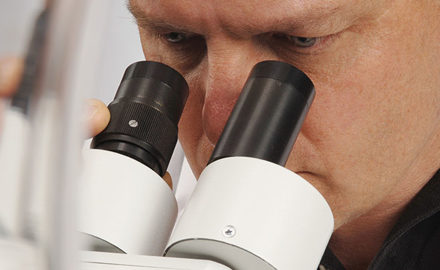Digital pathology
What is digital pathology? Digital pathology includes the acquisition, management, sharing and interpretation of pathology information — including slides and data — in a digital environment. Digital slides are created when glass slides are captured with a scanning device, to provide a high-resolution image that can be viewed on a computer screen or mobile device.
Digital pathology improves patient care and supports the pathology workforce by making the diagnosis and monitoring of disease much more efficient. However, to transform pathology services, we need investment in the IT required for digitisation, and the people, both the clinicians who will use digital services and the laboratory and IT staff who will run them.
THE IMPACT OF DIGITAL PATHOLOGY
Digital pathology:
- Benefits patients by enabling the rapid referral of cases between organisations or across pathology networks, enhancing access to expert advice and opinion on diagnoses
- Improves laboratory workflow and connectivity and increases flexibility and efficiency of the workforce, helping create digital training resources that support the development of specialists in training
- Increases the power to share slides and more, making it easier for others to benefit from the fantastic expertise of the patholgy profession.
- Sets the scene for the use of artificial intelligence which will help bring advances to pathology services.
OUR WORK ON DIGITAL PATHOLOGY
The Royal College of Pathologists fully supports the adoption of technologies that have the potential to improve patient care and support pathologists, though implementation will require investment. Digital pathology is still at an early stage of adoption in the NHS, and, and growing digital pathology requires infrastructure including modern IT systems (an estimated figure of £2-4m for a large hospital), staffing and training a cohort of pathologists to be expert in digital pathology.
Our strategy
- The College has agreed on a high-level strategy for the implementation of diagnostic digital pathology that provides the framework for considering the implications for diagnostic practice, training and assessment. This strategy outlines:
- Engage with partners (e.g. Industry, NHS, Research funding bodies, the Institute of Biomedical Sciences (IBMS)) and provide professional leadership in this area
- Support pathologists wishing to use digital pathology in clinical practice and undertake training in relation to digital pathology
- Ensure that high standards of practice are maintained in implementing digital pathology
- Support the deployment of digital pathology across laboratories, including the routine deployment of digital pathology in all laboratories
- Support and promote research into the use of digital pathology
Implementing digital pathology
College advice on the technical and practical aspects of implementing digital pathology have been developed by members of the Informatics Advisory Group and the Cellular Pathology SAC.
- College guidance confirms that it is safe to use digital pathology with appropriate experience, risk assessment and risk reduction.
- At the core of this is validation of the pathologist – this is a self-directed process by which pathologists learn how to diagnose digitally, based on comparison with the glass slides.
AI in digital pathology
There is an increasing body of research and development in AI in pathology as well as interest from pathologists in using AI tools, which could assist pathologists in diagnosis. The College has published a position statement outlining the College’s approach to artificial intelligence (AI) in cellular pathology and to set out the case for further work in this area. The scope of this document is limited to the use of artificial intelligence in cellular pathology.
There is potential for AI to support the diagnostic process in pathology, particularly image analysis in histopathology, where it can detect disease, grade its severity, and possibly predict treatment response.
For example: Early evaluations of AI for prostate cancer detection are being undertaken in several sites in the UK and the USA. These evaluations are ongoing to establish where and how AI can help the diagnostic process; for example, by helping the pathologists evaluate the tissue more quickly, helping to triage cases requiring rapid assessment, and ordering additional tests to save time.
Embracing AI to support the NHS - a joint report with the Royal Colllege of Radiologists
The College is keen to champion the potential of AI. In collaboration with the Royal College of Radiologists, the College co-chaired a meeting at 10 Downing Street in 2023 about the potential of AI and the challenges and barriers to its use in the diagnostic services.
Also on the agenda




